I need to restore black-finished antique wood furniture
ann_tx8
10 years ago
Featured Answer
Sort by:Oldest
Comments (12)
calliope
10 years agochibimimi
10 years agoRelated Professionals
Charleston Furniture & Accessories · North Myrtle Beach Furniture & Accessories · Detroit Furniture & Accessories · New Hope Furniture & Accessories · North Bellmore Furniture & Accessories · Bellevue Painters · Boulder Painters · Dayton Painters · Fridley Painters · Lexington Painters · Melvindale Painters · Lake Zurich Furniture & Accessories · Marietta Furniture & Accessories · Potomac Furniture & Accessories · Colorado Springs Professional Organizerslazy_gardens
10 years agosombreuil_mongrel
10 years agoStocky
10 years agolazy_gardens
10 years agoStocky
10 years agolou_texas
10 years agochibimimi
10 years agolazy_gardens
10 years agolou_texas
10 years ago
Related Stories
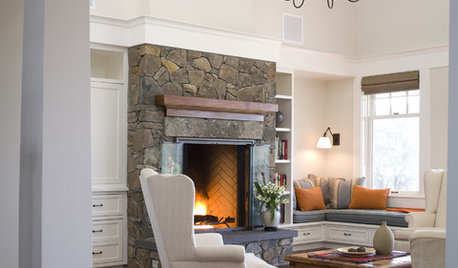
FURNITUREHow to Mix Wood Furniture Finishes
Furniture doesn't need to match to look good; add character and charm to your home with mismatched — but complementary — tones
Full Story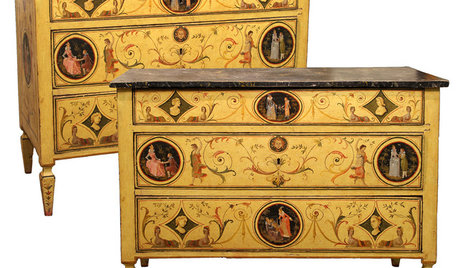
ANTIQUESDecorating With Antiques: Painted Furniture Brings the Eye Candy
Too much brown got you down? Lighten up with antique furniture decorated with artistic designs or awash in a lovely hue
Full Story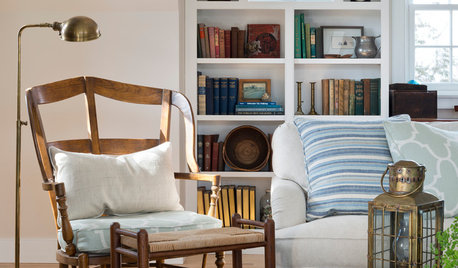
FURNITURESmart Shopper: How to Judge Antique Furniture Quality
Pick the treasures from the trash without expert experience by learning how to evaluate antiques and what questions to ask
Full Story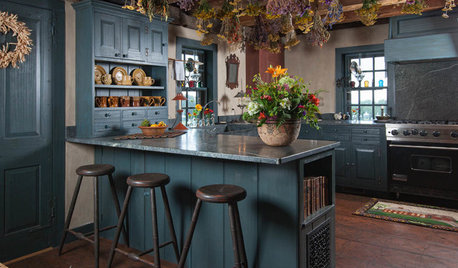
HOUZZ TV FAVORITESHouzz TV: See How Early Settlers Lived in This Restored Pilgrim House
Passionate restoration and preservation efforts give a 1665 home an honored place in the present
Full Story
HOUZZ TOURSHouzz Tour: A Boston Brownstone Is Restored to Glory and Then Some
Victorian-era architectural details create a strong base for an eclectic mix of furniture, accessories and modern art
Full Story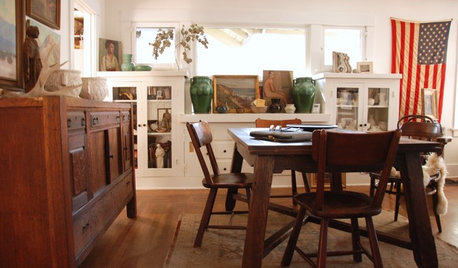
CRAFTSMAN DESIGNMy Houzz: Small-Space Living in a Restored Bungalow
See how this homeowner celebrates his personal style, his flea market finds and the heritage of his 1919 Long Beach home
Full Story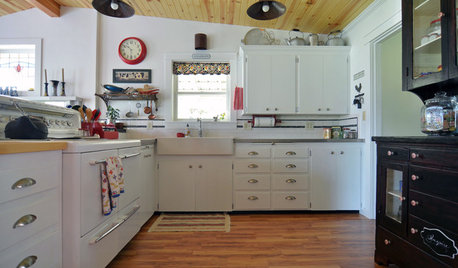
BEFORE AND AFTERSKitchen of the Week: Classic White Farmhouse Style Restored
A couple remodel their kitchen to better match their 19th-century Oregon home’s style
Full Story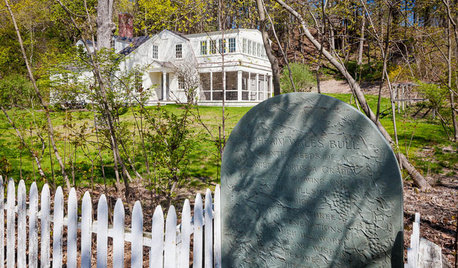
TRADITIONAL HOMESHouzz Tour: Historic Concord Grapevine Cottage’s Charms Restored
This famous property had fallen on hard times, but passionate homeowners lovingly brought it back
Full Story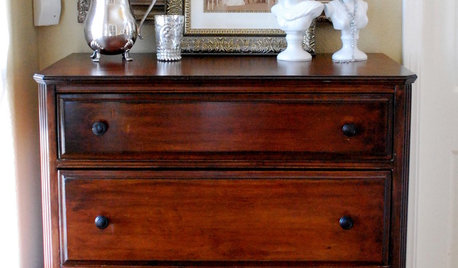
FURNITUREAntiques Shopping? Let Love Guide Your Search
If discovering aged treasures is your passion, you’re not alone. Find a kindred spirit and his buying tips here
Full Story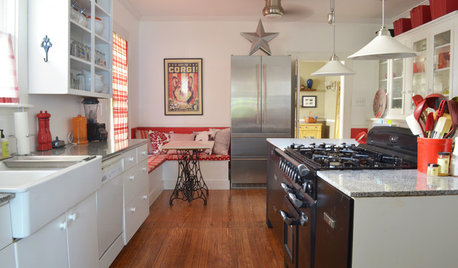
FURNITUREGreat Vintage Find: Antique Sewing Tables and Cabinets
These history-rich pieces add unique style and function all over the house
Full StoryMore Discussions


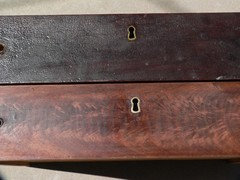
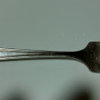
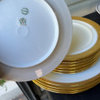



calliope